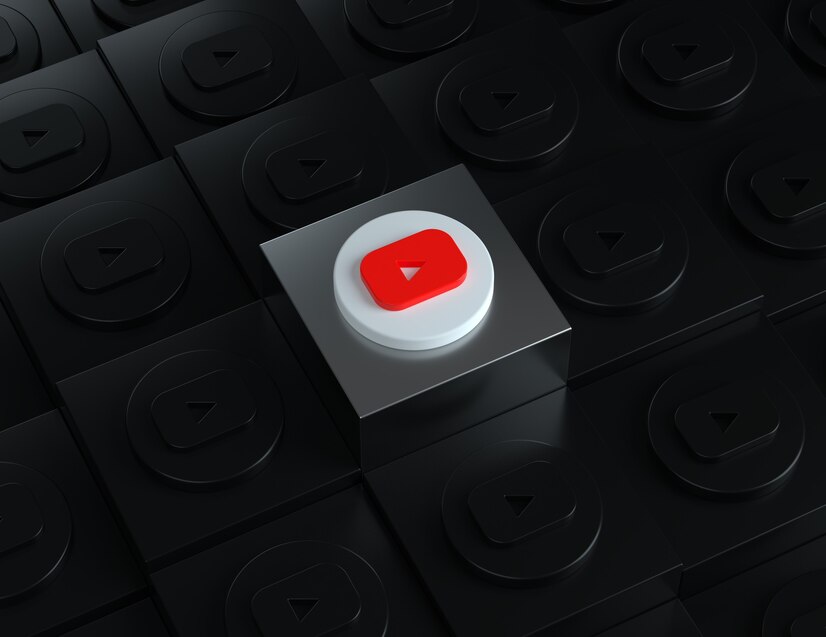
YouTube has revolutionized the entertainment industry, transforming from a simple video-sharing platform to a powerhouse of content creation, original programming, and monetization opportunities. Central to this transformation are YouTube content creators, the advent of YouTube original content, and the diverse avenues for monetization on YouTube. This article delves into these three pivotal aspects, exploring how they have collectively reshaped the landscape of entertainment.
The Rise of YouTube Content Creators
The term “YouTube content creators” refers to individuals or groups who produce and upload videos to YouTube. These creators are the lifeblood of the platform, generating a vast array of content that ranges from vlogs, tutorials, and gaming videos to music, education, and comedy. The democratization of content creation has been one of YouTube’s most significant contributions to the entertainment industry.
Accessibility and Reach
YouTube’s accessibility allows anyone with a camera and internet connection to become a content creator. This inclusivity has led to a diverse range of voices and perspectives that traditional media often overlooks. Creators from all walks of life can share their stories, expertise, and creativity, reaching a global audience instantly.
Community and Influence
Over time, YouTube content creators have built large, dedicated followings. These communities are characterized by high levels of engagement and loyalty. Influencers, a subset of content creators, have emerged with significant sway over their audiences’ opinions and purchasing decisions. This influence has made YouTube an essential platform for marketing and brand collaborations.
Professionalization of Content Creation
As YouTube matured, so did the approach of its content creators. Many have turned their channels into full-fledged businesses, employing teams for production, editing, and marketing. The rise of multi-channel networks (MCNs) and agencies that support creators in optimizing their content, growing their audience, and securing brand deals has further professionalized the industry.
YouTube Original Content
Recognizing the growing importance of exclusive, high-quality programming, YouTube launched YouTube Originals in 2016. This initiative aimed to produce original series, films, and events, positioning YouTube as a competitor to traditional television and streaming services like Netflix and Amazon Prime.
Diverse Programming
YouTube Original Content spans various genres, including drama, comedy, reality, documentaries, and music. Shows like “Cobra Kai,” which continued the story from the “Karate Kid” films, and “Impulse,” based on the novel by Steven Gould, have received critical acclaim and substantial viewership. YouTube Originals have also featured documentaries on influential figures like Demi Lovato and Justin Bieber, providing intimate looks into their lives.
Collaborations with Top Creators
YouTube has strategically partnered with its top content creators to produce Originals, leveraging their built-in audiences to ensure success. For example, creators like Lilly Singh, known for her comedic and motivational content, have produced exclusive shows for YouTube. This strategy has helped YouTube Originals gain traction and credibility in the entertainment industry.
Premium Subscription
YouTube Originals were initially available only to subscribers of YouTube Premium, the platform’s ad-free subscription service. This model not only provided additional revenue streams but also enhanced the viewing experience by removing ads and offering offline viewing. Over time, some original content has been made available for free, supported by ads, broadening its accessibility.
Monetization on YouTube
Monetization on YouTube is a multifaceted system that enables creators to earn revenue from their content. This system has been crucial in attracting and retaining top talent, fueling the platform’s growth and sustainability.
Ad Revenue
The primary method of monetization on YouTube is through ad revenue. YouTube shares a portion of the revenue generated from ads displayed on creators’ videos. The more views a video gets, the higher the potential earnings. This model incentivizes creators to produce engaging content that attracts large audiences.
YouTube Partner Program (YPP)
The YouTube Partner Program allows creators to earn money through ads, channel memberships, Super Chat, and YouTube Premium revenue. To join YPP, creators must meet certain criteria, including having at least 1,000 subscribers and 4,000 watch hours in the past 12 months. Once accepted, creators can monetize their content and gain access to additional support and resources from YouTube.
Super Chat and Super Stickers
Super Chat and Super Stickers are features that enable viewers to pay to have their messages highlighted during live streams. This provides an additional revenue stream for creators who engage with their audience in real-time. Fans use these features to show support and gain attention from their favorite creators.
Channel Memberships and Merchandise
Channel memberships allow fans to support creators through monthly payments in exchange for perks like exclusive badges, emojis, and members-only content. Additionally, YouTube offers a merchandise shelf feature, enabling creators to sell branded products directly from their channel pages. These options provide diversified income sources, allowing creators to earn more consistently.
Crowdfunding and Sponsorships
Many creators use external platforms like Patreon to offer exclusive content and perks to paying subscribers. Sponsorships and brand deals are also significant income sources, where creators collaborate with companies to promote products or services in their videos. These partnerships are often lucrative, reflecting the high engagement levels of YouTube audiences.
Impact on the Entertainment Industry
YouTube’s evolution has had a profound impact on the broader entertainment industry. Traditional media companies now recognize the value of digital platforms and often collaborate with or acquire successful YouTube creators. The platform has blurred the lines between amateur and professional content, proving that quality and audience engagement matter more than production budgets.
Moreover, YouTube has set trends and influenced other platforms, leading to the rise of short-form content on TikTok and Instagram Reels. The concept of “influencers” originated on YouTube and has become a significant part of marketing strategies across all digital platforms.
Conclusion
The rise of YouTube content creators, the introduction of YouTube original content, and the diverse monetization options on YouTube have collectively transformed it into a dominant force in the entertainment industry. YouTube’s democratization of content creation has empowered individuals from all backgrounds to share their talents and stories, reaching global audiences. The platform’s ability to innovate and adapt continues to shape the future of entertainment, setting new standards for how content is produced, consumed, and monetized. As YouTube evolves, it will undoubtedly remain at the forefront of digital entertainment, fostering creativity and community in unprecedented ways.

